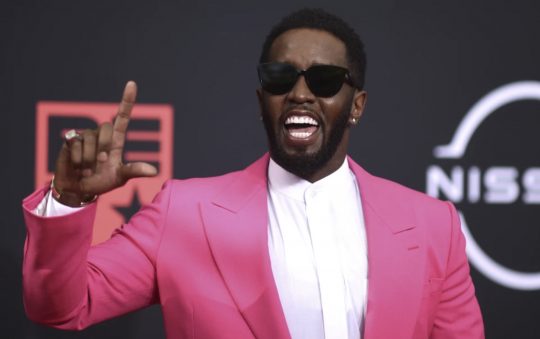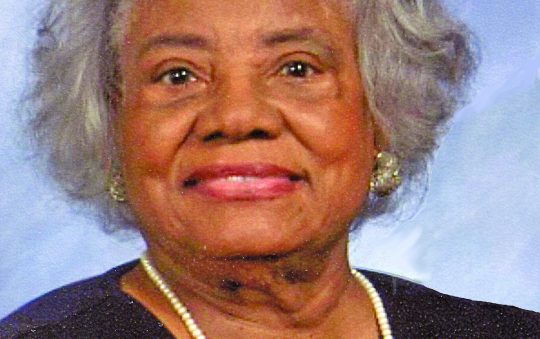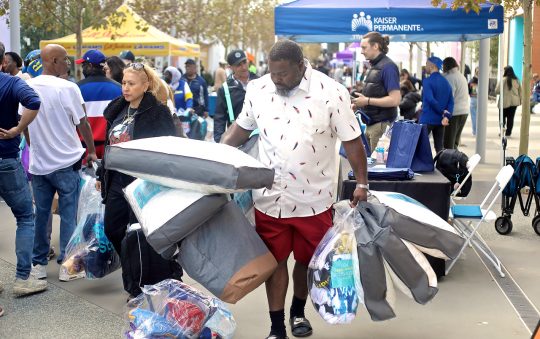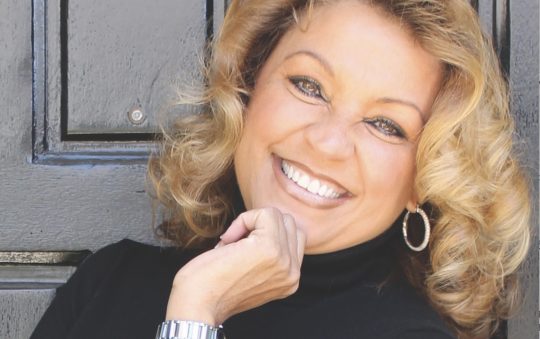The Walk for Freedom that turned into Bloody Sunday
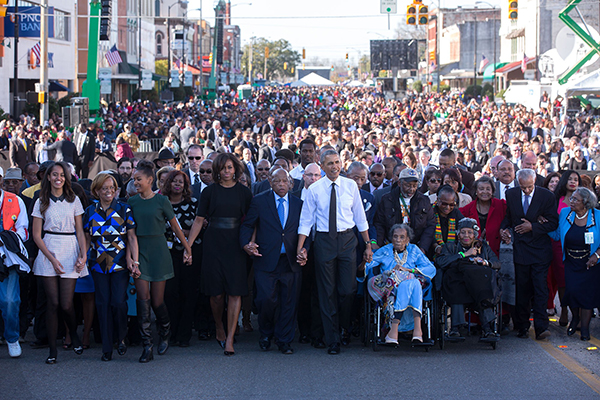
The Obama family join hands as they begin the march with the foot soldiers across the Edmund Pettus Bridge. (Official White House Photo by Lawrence Jackson)
March 7, 1965, Six hundred people defied warnings of authorities against marching across the Edmund Pettus Bridge in the state of Alabama from Selma to Montgomery, to garner voting rights for African Americans.
The Student Nonviolent Coordinate Committee (SNCC) alongside the Southern Christian Leadership Conference (SCLC) and Dr. Martin Luther King, Jr., gathered together to fight the resistance of African American voting in Selma, which is in Dallas County. The SCLC hoped to use the momentum gained from the 1964 Civil Rights Act to provide a federal protection of rights for the local voters, but were consistently terrorized and denied the ability to do so. In Dallas County, Dr. King and SCLC held several demonstrations at the Dallas County Courthouse expressing their concerns. During one of those demonstrations, protestor Jimmy Lee Jackson was fatally shot by an Alabama state trooper. A march from Selma to Montgomery was scheduled for March 7 in response to Jackson’s death.
Civil rights leader John Lewis and other SNCC and SCLC activists led the march across the Edmund Pettus Bridge. At the base of the bridge, awaiting them were Alabama State troopers and local police ordering them to turn around. The officers met the activists’ and protestors’ refusal with teargas and violent beatings. That day became known as “Bloody Sunday” with over fifty people being hospitalized. The violence was televised around the world, giving viewers firsthand knowledge of what southern Blacks had to face.
Dr. King called for civil rights supporters from across the country to join him in Selma for a second march on March 9. He led the protestors to the bridge’s halfway mark, but soon turned around because of conflictions. Another attempt on March 21 was successful, however, with federal protection and on August 6, 1965, the federal Voting Rights Acts was passed.
What’s next?
50 years after the original march on bloody Sunday there have been numerous positive changes to race relations in the U.S., but there’s much more that needs to be done.
The past few years have been marked by racial tension between the Black community and the American justice system, to say the least.
The deaths of Trayvon Martin, Ezell Ford, Mike Brown and Eric Garner at the hands of white police officers have sparked a series of nationwide protests.
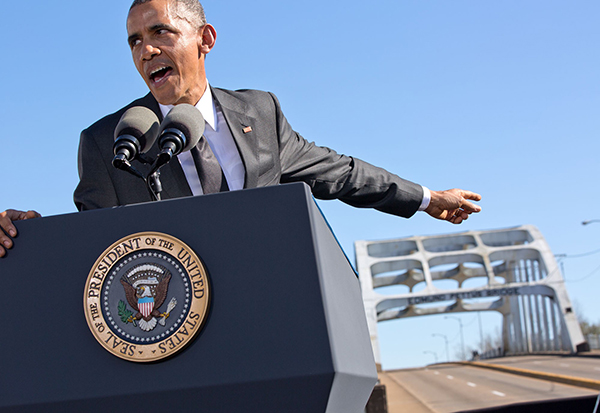
The President points towards the bridge during his speech.(Official White House Photo by Pete Souza).
President Obama, for his part, told news outlets that while progress has been made towards improving race relations, there’s still a ways to go.
Community leaders in California have commented on possible ways to improve police interactions with the Black community, citing that a major overhaul in thinking needs to occur.
“It’s a matter of trying to understand one another,” said Assemblyman Reggie Jones-Sayer (D-Calif.). Right now there’s a divide between how cops think, and how community members think, he said.
Many leaders have noted that the community’s educational system could play a major role in improving relations between police and the black community.
“What we can do in the educational system is prepare our young people, to prevent them from being a part of the criminal justice system,” said George McKenna, board member of the Los Angeles Unified School District.
Incentivizing police officers for doing good work in the community, instead of meeting arrest quotas could be a way to make change, many experts note.
“If you flip the incentives the behavior changes real fast,” said Connie Rice, civil rights attorney and appointee to President Obama’s Task Force on 21st Century Policing.



